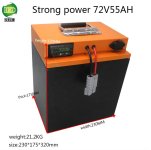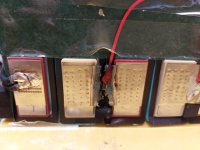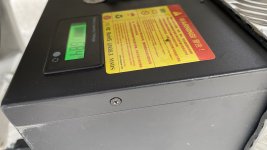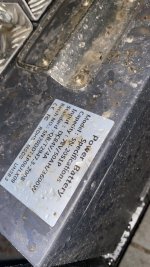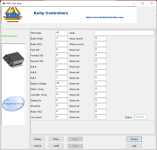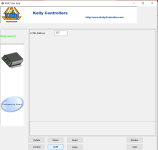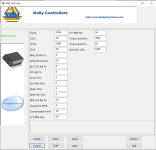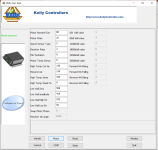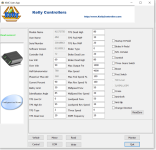HolmarS
1 µW
- Joined
- Sep 6, 2021
- Messages
- 4
Now I need some help. I have built a Suzuki gsxr 600 to a QS hub motor "Café racerish" bike.
I am running a 72v 50 Ah 3600W lithium battery. The setting on the Kelly controller said battery low volt setting was suggested at 60V. Then the problem is that I can not drive uphill at full power the battery drops below 60 and the controller cuts out. That means that the bike is dead. I can not switch off and back on. I can only get power back by plugging in to a wall socket and then it may read 68v or so. It would be great to get it to light back up by just flicker the key in the switch on and off! I have had to beg for power twice in the last few days.
Should I reduce the low volt limit of the battery? Or is there any other setting I could fiddle with so it can handle short power boosts without "killing the vibe"
I have had some issues with the battery in the past so I reduced battery limit current to 90%.
I used the bike last weekend for 30 km not the range I was hoping for but today the range is far worse. Is my battery ruined? Or can I tweak some settings that are holding me back.
I could post all my settings here in case a friendly guru would be willing to look it over. Most settings are default.
Looking forward to some practical advice . Thanks
I am running a 72v 50 Ah 3600W lithium battery. The setting on the Kelly controller said battery low volt setting was suggested at 60V. Then the problem is that I can not drive uphill at full power the battery drops below 60 and the controller cuts out. That means that the bike is dead. I can not switch off and back on. I can only get power back by plugging in to a wall socket and then it may read 68v or so. It would be great to get it to light back up by just flicker the key in the switch on and off! I have had to beg for power twice in the last few days.
Should I reduce the low volt limit of the battery? Or is there any other setting I could fiddle with so it can handle short power boosts without "killing the vibe"
I have had some issues with the battery in the past so I reduced battery limit current to 90%.
I used the bike last weekend for 30 km not the range I was hoping for but today the range is far worse. Is my battery ruined? Or can I tweak some settings that are holding me back.
I could post all my settings here in case a friendly guru would be willing to look it over. Most settings are default.
Looking forward to some practical advice . Thanks



